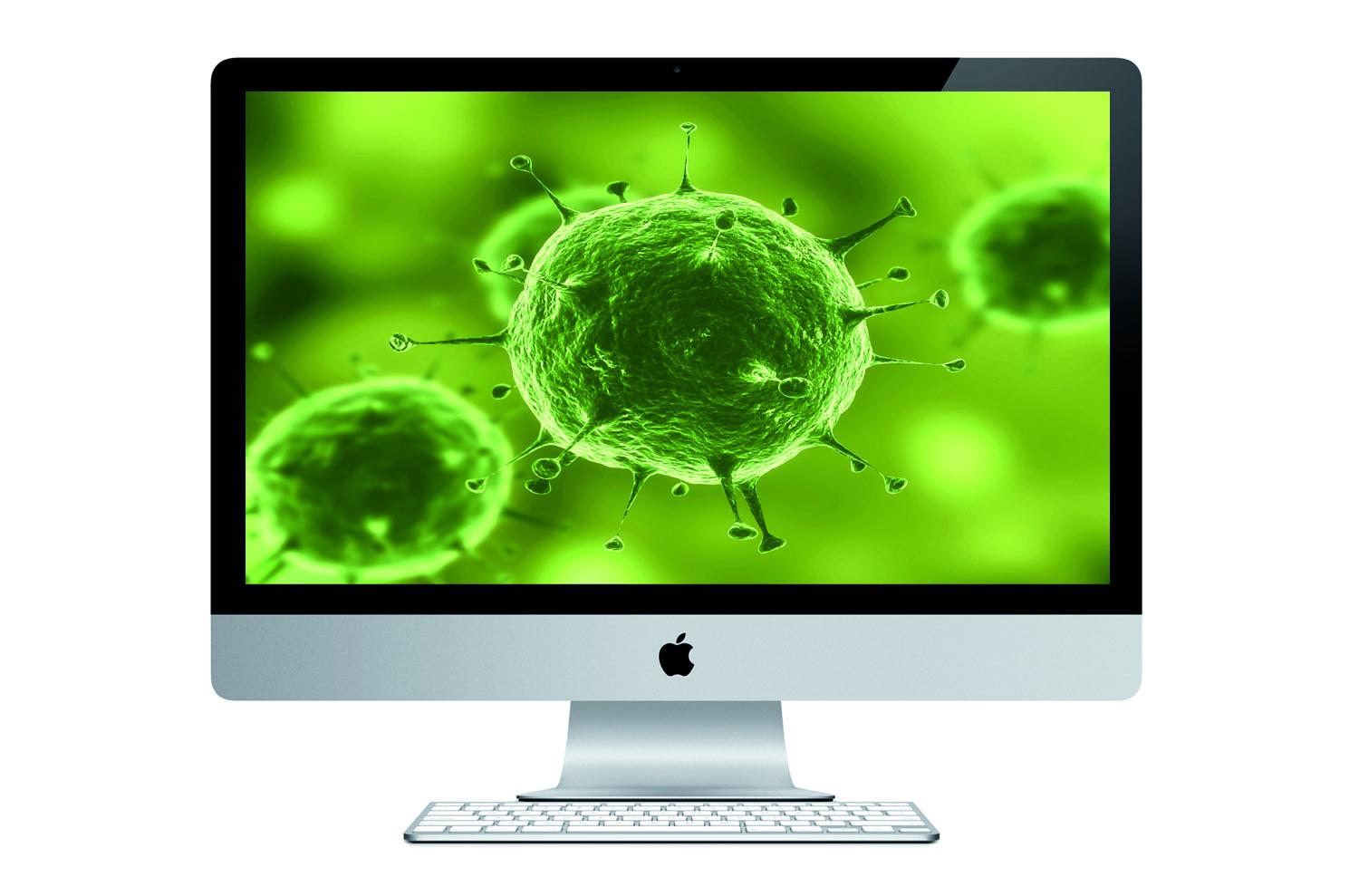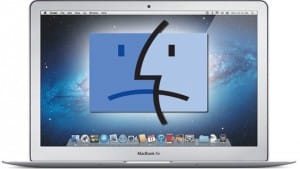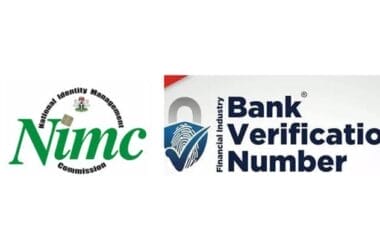Malware is something numerous Mac clients don’t encounter all the time. Apple has constantly tried to publicize Macs as machines which are greatly difficult to infiltrate. While without any doubt Apple machines are preloaded with numerous distinctive types of insurance, they are still a long way from strong. How about we investigate how Macs bargain with dangers and in addition ways you can dispose of malware before genuine harm happens.
How To Keep Your Mac Safe From Malware
The most widely recognized spot for malware to arrive is through your web program. Malware can emerge from the least complex of missteps, for example, downloading an email connection off an obscure contact; making the web a colossal rearing ground for contamination. In any case, there are steps you can take to guarantee security while skimming and set about your normal schedule.
Solidifying Your Browser:
Regarding browser options there are many easy steps you can take to protect yourself. Possibly the simplest to do is regularly updating your browser and making sure to check “Automatic Update.” Developers are constantly fixing flaws and improving security which makes updating absolutely necessary.
Two extensions recommended are: HTTPS Everywhere and Disconnect. HTTPS Everywhere is an extension for Chrome and Firefox and works by encrypting data to make your browser experience more secure.
Disconnect is probably the best tool if you want to avoid tracking. Some of the sites it works best with are Google and Facebook. Using Disconnect you can ensure that no one will be tracking your internet time. (Every time a new browser version is launched you should check whether any of your extensions need updating because chances are that they do.)

Something which has come as standard on every browser is the blocking of websites which are known to be fraudulent or unsafe. This means if you ever stumble upon one of these websites you will be unable to venture any further. To make sure this setting is turned on be sure to visit your internet preferences.
Something to bear in mind is that the security settings that you can change on your browser are very limited. This has become far more evident as time as gone on. Basically, this means that more of the security is hidden and you’d struggle realize that it’s actually there.

Ways To Protect Your Mac
Your Mac also has inbuilt systems which work for the majority of the time without you even realizing. This protection comes in three separate forms.
- Gatekeeper
- Firewall
- Apple MAS Security Updates
Gatekeeper is a form of protection only available to users of the Mountain Lion version of Mac OS X. This is a form of defense that assists when downloading software from a variety of different sources. If you’ve ever tried to download an app which isn’t from the Mac App Store and you’ve been stopped, then Gatekeeper has done its job. In layman’s terms Gatekeeper recognizes whether the software is from an unknown developer and consequently stops the app from accessing your system.
Obviously, in some cases this can result in frustration. Regularly you discover applications which aren’t in the App Store and with Gatekeeper empowered it will be difficult to secure. In any case, there is restricted you can modify the security settings to sidestep Gatekeeper.
Of course, sometimes this can cause annoyance. Often you find apps which aren’t in the App Store and with Gatekeeper enabled it will be impossible to acquire. However, there is one way you can alter the security settings to bypass Gatekeeper. This is achieved through System Preferences > Security & Privacy > General where you have three distinct options. Allow applications download from the Mac App Store, Mac App Store and identified developers and Anywhere. Obviously selecting Anywhere gives you less protection, but in turn gives you a wealth of different apps to download. (Even with the Anywhere setting turned on you will still be notified when downloading app which hasn’t been verified as safe.)
Your Mac’s Firewall
Many Mac users (including myself) choose not to turn on Apple’s inbuilt Firewall. My main reasoning is that my Mac is a desktop and it’s highly unlikely I’ll ever move it from my room and connect to other networks. For those that don’t know, a Firewall is a way of blocking the incoming connections to your computer. For example, if you’re sitting in Starbucks any WiFi you connect to can be illegitimate and anyone could be connected.

However, for those who would like to turn on their Firewall, something I recommend to all portable Mac users, it is accessible in your System Preferences. Again you need to go into Security & Privacy > Firewall and simply click Turn On Firewall.
Once initiated the Firewall will prevent your Mac from accepting any incoming connections. You can also change the Firewall settings which help you choose which connections to allow. This is one of the main ways Apple aims to stop malicious software reaching you.
Apple MAS Security Updates
The final way Apple protects you is through constant MAS security updates. These fix common issues across the operating system and generally make your Mac a lot safer. The only way to keep on top of these updates is to regularly check for new software updates.

Although, sometimes malicious software can still reach your Mac and at that stage your first step should be destroying the malware before it infects everything. In my opinion, the best two pieces of software to do this are Sophos Free Anti Virus and MacScan. Both come with free downloads and can quickly fix your host machine.
My favorite of the two is MacScan, the app is simple and performing a quick search of your files is straightforward. You can make custom scans and even schedule scans for times of the day when you won’t be as active on your computer.

On the other hand, Sophos is far more extensive in terms of preferences. Here you can even choose to enable live protection an option which increases your security by constantly checking everything.

Obviously both pieces of software are capable of removing malicious software from your Mac. It really depends on the price you would like to pay and the service you prefer.
This is accomplished through System Preferences > Security & Privacy > General where you have three unique choices. Permit applications download from the Mac App Store, Mac App Store and distinguished engineers and Anywhere. Clearly selecting Anywhere provides for you less assurance, however thusly provides for you an abundance of distinctive applications to download. (Indeed with the Anywhere setting turned on you will in any case be told when downloading application which hasn’t been confirmed as protected.
Hopefully, you can now make your life a bit easier with regards to security.
As an Amazon Associate, TechCity may earn a small commission if you shop these products.

















